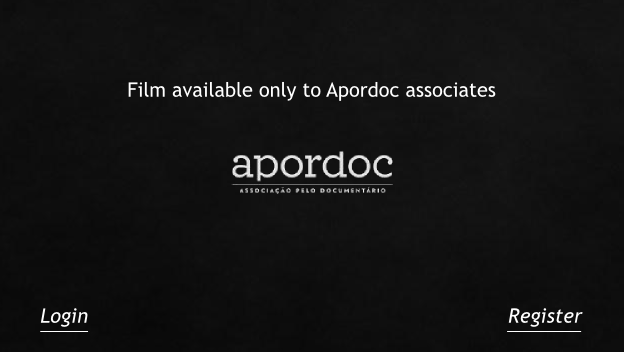
Good and Evil
Director Jorgen Leth
Countries Denmark
Duration 78 min
Synopsis
An extension of The Perfect Human, Good and Evil is a longer, more expansive pseudo-documentary portrayal of life, no less. Using capacious titles or chapter headings that Leth’s narrator’s voice dwells upon and impresses upon us as he toys with the cliché – “Faces”, “Bodies”, “Things”, “Necessary actions”, “Unnecessary actions”, “Good thoughts”, “Bad thoughts”, “Pleasant feelings”, “Unpleasant feelings”, and “Words” – the film consists of aesthetically titillating and contentually almost schematic scenes shot in the void of the film studio: faces, bodies and things. A man with a shoe. Another man with a hardboiled egg which he talks about and eats. A woman gives her husband a shirt. A couple who argue. A desperate woman. And so forth. There is no psychological shading of the characters, merely a series of sketches or examples that are as if plucked out of different everyday contexts. The thread leading back to Life in Denmark is thus also clear. The dialogue is sparse and phrases or fragments of phrases recur, spoken by different actors and in different roles, which may be viewed as an accentuation of the ordinariness of these short utter- ances and as an awareness of language as such. Besides the pro- fessional cast and appearances by several photographic models, the circus artiste Diana Benneweis, and the cyclist Ole Ritter, also pose in front of the camera in small tableaux. In addition to the crazi- ness of the project the film also contains a series of zany comic acts with Claus Nissen in the lead. He bursts into song while washing his hands, dances in an empty room, plays rhythmic games with the statement “Bossa nova rhythms I have nothing against” and repeats his mysterious closing line from The Perfect Human: “Today, too, I had an experience ...” The framework for the scenes is made up of a couple of visual leit- motifs by way of house fronts and landscapes. In addition a beautiful tracking shot from an avenue at dra- matically appropriate moments is accompanied by one of the film’s two tunes by Gunner Møller Peder- sen which is sung in a girlish voice by Sanne Salomonsen. In 1999 Lars von Trier chose the film to represent Danish cinema at a number of European film festivals over a period of three years (“15 x 15: European Cinema Heritage”).
An extension of The Perfect Human, Good and Evil is a longer, more expansive pseudo-documentary portrayal of life, no less. Using capacious titles or chapter headings that Leth’s narrator’s voice dwells upon and impresses upon us as he toys with the cliché – “Faces”, “Bodies”, “Things”, “Necessary actions”, “Unnecessary actions”, “Good thoughts”, “Bad thoughts”, “Pleasant feelings”, “Unpleasant feelings”, and “Words” – the film consists of aesthetically titillating and contentually almost schematic scenes shot in the void of the film studio: faces, bodies and things. A man with a shoe. Another man with a hardboiled egg which he talks about and eats. A woman gives her husband a shirt. A couple who argue. A desperate woman. And so forth. There is no psychological shading of the characters, merely a series of sketches or examples that are as if plucked out of different everyday contexts. The thread leading back to Life in Denmark is thus also clear. The dialogue is sparse and phrases or fragments of phrases recur, spoken by different actors and in different roles, which may be viewed as an accentuation of the ordinariness of these short utter- ances and as an awareness of language as such. Besides the pro- fessional cast and appearances by several photographic models, the circus artiste Diana Benneweis, and the cyclist Ole Ritter, also pose in front of the camera in small tableaux. In addition to the crazi- ness of the project the film also contains a series of zany comic acts with Claus Nissen in the lead. He bursts into song while washing his hands, dances in an empty room, plays rhythmic games with the statement “Bossa nova rhythms I have nothing against” and repeats his mysterious closing line from The Perfect Human: “Today, too, I had an experience ...” The framework for the scenes is made up of a couple of visual leit- motifs by way of house fronts and landscapes. In addition a beautiful tracking shot from an avenue at dra- matically appropriate moments is accompanied by one of the film’s two tunes by Gunner Møller Peder- sen which is sung in a girlish voice by Sanne Salomonsen. In 1999 Lars von Trier chose the film to represent Danish cinema at a number of European film festivals over a period of three years (“15 x 15: European Cinema Heritage”).